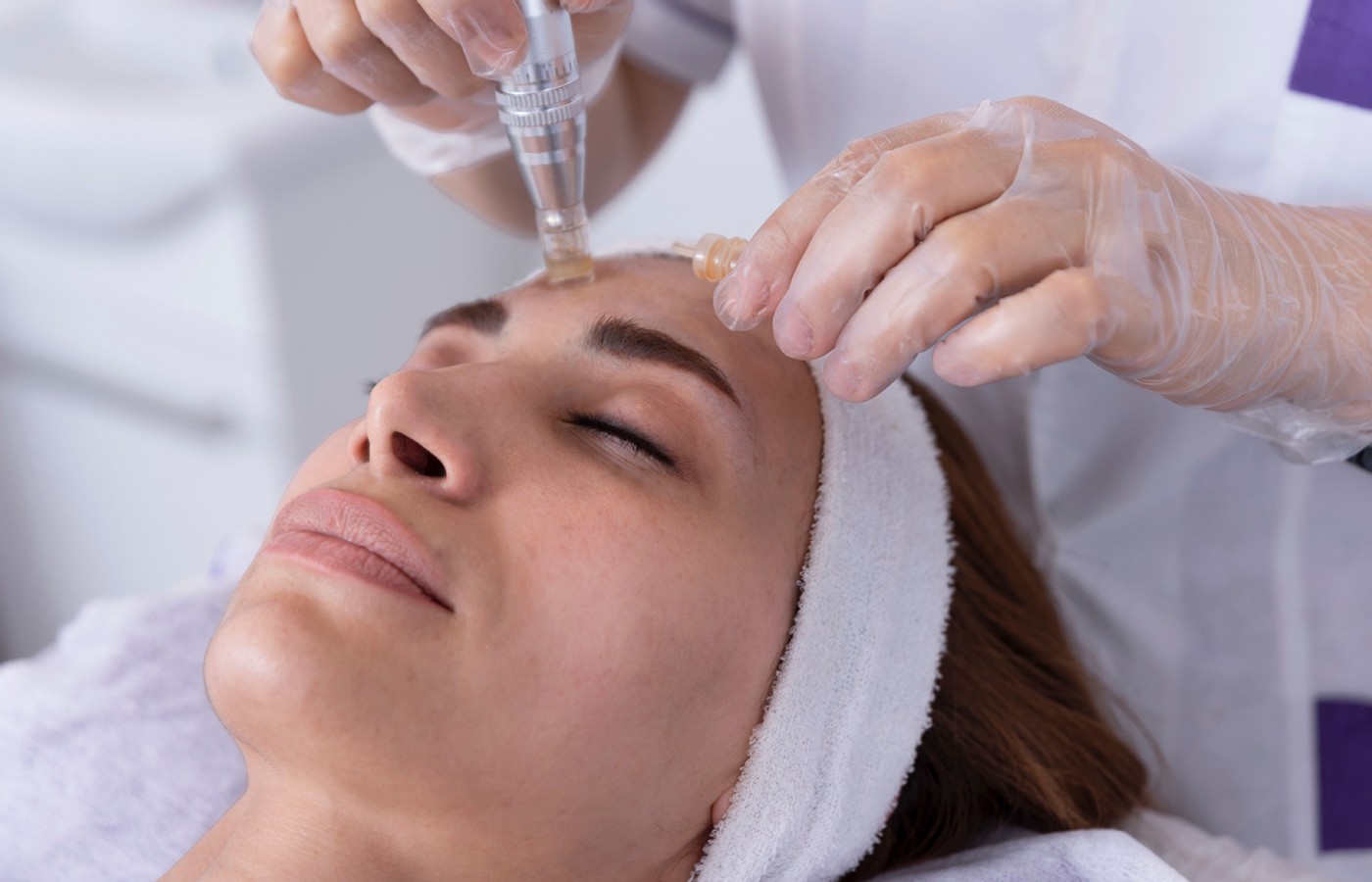Whether you accept it, avoid it or live somewhere in between, insurance coverage has become a defining issue for our profession. Patients increasingly expect to use their benefits, practitioners want to be compensated fairly for their time and expertise, and the system itself remains – at best – fragmented. The encouraging news is that coverage has expanded in meaningful ways. The challenging news is that reimbursement, across the board, remains inadequate.
Microneedling: Choosing a Pen (Pt. 1)
- Microneedling is a cosmetic treatment growing in popularity among acupuncturists. It involves using a pen-like tool to puncture the skin with tiny needles to stimulate collagen production and rejuvenate the skin.
- With so many options available, it can be challenging to choose the right microneedling pen to meet the needs of your practice.
- Part 1 of this article discusses considerations including materials, pen size, pen speed, needle depth and cartridges, and needle diameter.
Microneedling is a cosmetic treatment growing in popularity among acupuncturists. It involves using a pen-like tool to puncture the skin with tiny needles to stimulate collagen production and rejuvenate the skin. It’s a safe and effective procedure that can be performed using a variety of microneedling devices.
With so many options available, it can be challenging to choose the right one to meet the needs of your practice. In my previous article on microneedling [August 2022: “Is Microneedling Part of Chinese Medicine?”], I discussed the relationship between microneedling and Chinese medicine. In this article, let’s discuss how to choose a device that is safe and effective for your practice.
Materials
The first and foremost consideration is manufacturing materials. Is the pen made of plastic? Aluminum? Other metals? Plastic is porous and will not hold up to professional daily use. Other metals, such as steel and aluminum, are good choices. Aluminum is lighter, which is important if you are holding the pen for long periods of time.
Additionally, look at the size of the pen. Will it be easy to grip and manipulate around your patient’s face and neck. How does it feel in your hand?
Pen Speed
Microneedle pen speeds vary. The pen you choose should have a speed of at least 14,000 RPM; ideally 18,000 RPM. This an important parameter, as it determines the speed at which the needles will move up and down to penetrate the skin. The faster the RPM, the more punctures the pen will make as it passes over the skin.
Higher RPMs also reduce drag and potential for injury. Pen speeds should be adjustable and easy to identify. Slower speeds are useful for certain conditions. Higher RPM values potentially reduce treatment time, while lower RPM values may offer more precise control for delicate areas or sensitive skin.
Needle Depth
The needles on your pen should be adjustable from 0 mm to at least 2.0 mm. The adjustment ring should be easy to move and the numbers easy to read, even when there is a sleeve on the pen. The adjustment ring shouldn’t be in the way of your fingers when you are holding the pen so that you don’t accidentally change the depth while using the pen.
Needle Cartridges
The cartridges that pair with the pen are an important part of the device as well. Most important is how the tip locks into the pen. The more connection points the tip has, the less likely it is to vibrate loose off the pen. Additionally, a tighter, more secure connection reduces the possibility of fluid leaking back into the pen. A “bayonet style” locking system allows for a safer and easier operation of the needling pen, while maintaining a sturdier connection to the device.
The more tightly the cartridge is connected to the device, the less chance there is for slippage or cartridges disconnecting; and more stable needling without dragging. There are double bayonet style and triple bayonet style; I prefer the triple for more connection points.
Needle cartridges for the pens range from 9-64 pins. The fewer needles in the cartridge, the deeper they will penetrate the skin. If there is a higher number of needles, they won’t go as deep. I prefer a 16-pin cartridge, but choose one that works best for your clinic’s needs.
Here are some general parameters for needles:
- Low needle count: Some microneedle pen cartridges have a lower number of needles, typically ranging from 9-12 needles. These cartridges are often used for targeted treatments or for sensitive areas where precision is crucial.
- Medium needle count: Microneedle pen cartridges with a medium needle count usually contain around 12-36 needles. These cartridges are suitable for general facial treatment and can provide effective coverage over larger treatment areas.
- High needle count: Microneedle pen cartridges with a higher needle count can range from approximately 36 to 64 needles or more. These cartridges are often used for body treatments, as the higher needle count can cover larger areas more efficiently.
Needle Diameter & Material
The thinner the needles, the less trauma to the skin. Look for needles that have a diameter of .18 mm rather than .25 mm (the latter of which is more common). Stainless steel coated with titanium is the preferred material for needles, as they will not rust due to moisture or humidity if exposed. Since some individuals are allergic to stainless steel, the titanium provides strength and protects against allergies.
Editor’s Note: Pt. 2 of this article (February issue) discusses other considerations when choosing a microneedling pen, including storage, warranty, serums, settings, and battery versatility.



